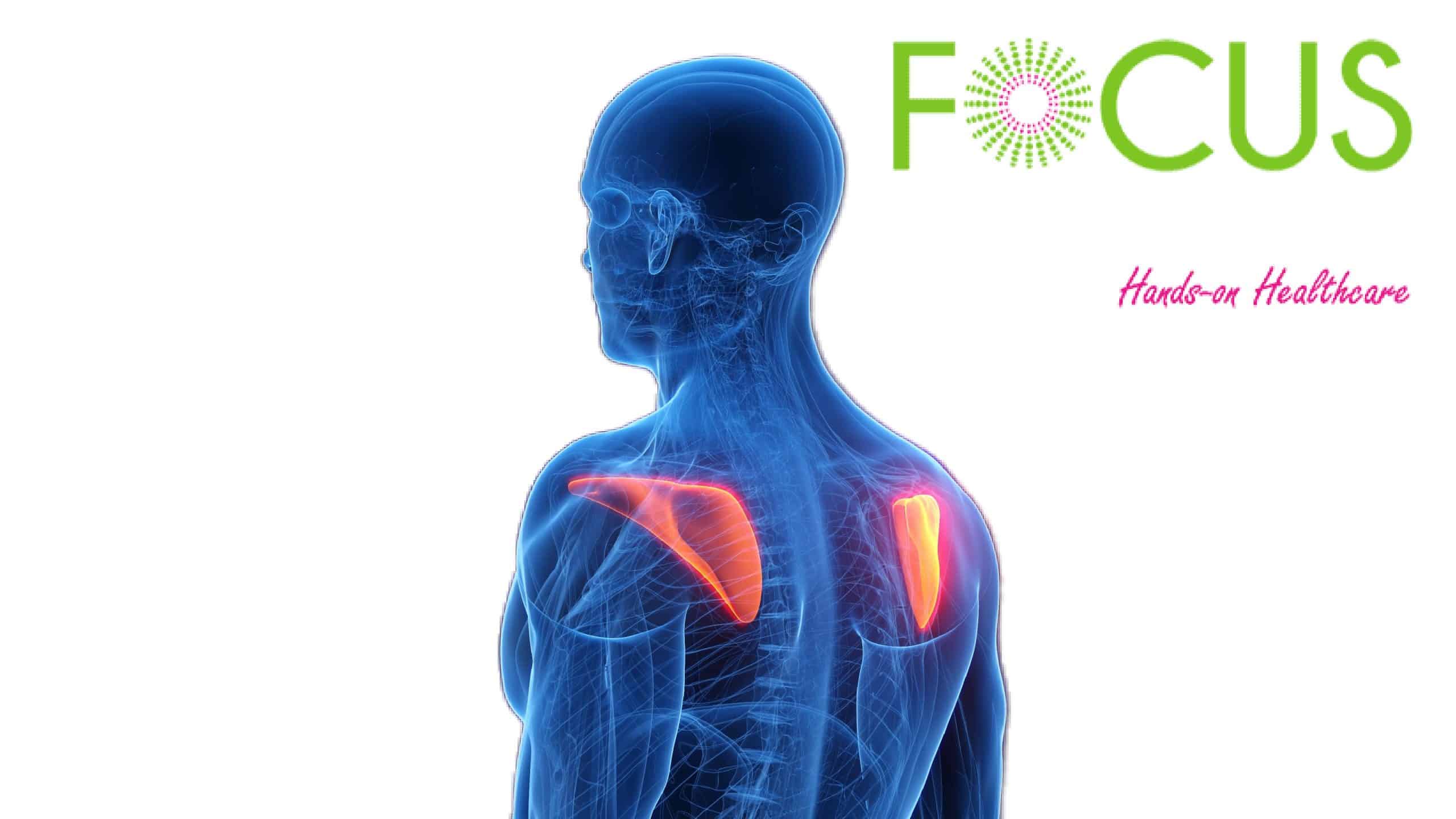
It’s an interesting set of words, isn’t it? ‘Rotator Cuff’ sounds like an incoming source of car repair, rather than a legitimate health concern – let alone something that can impact your daily life.
Such a comparison provides food for thought, though. Just like a vehicle requires all joints and components to work in harmony, so does your body. It’s the very same scenario. And nothing proves that point more than a rotator cuff tear.
When you’ve damaged that crucial component, everyday essentials – washing your hair, driving to work, reaching up for the secret stash of chocolates (we won’t tell if you share them with us…) – can become difficult and painful.
More Blogs From Focus Osteopathy
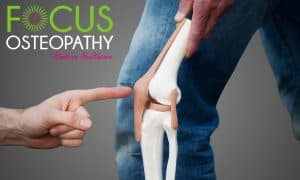
Knee Pain: The Good, The Bad, and the OUCH!

4 Reasons Swimming Is Good For Back Pain
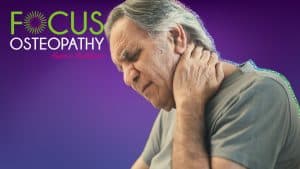
8 Ways Neck Pain Can Disrupt Your Daily Life—and How Osteopathy Can Help
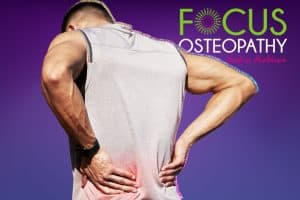
Understanding Back Pain: The Unwanted Companion
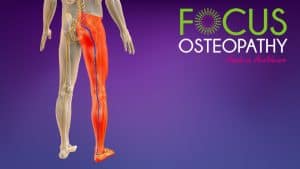
Does Massage Therapy Help Sciatica? 4 Things You Must Know
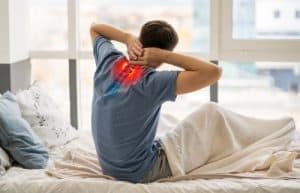
Neck Pain Exercises to Help You Sleep
- Been feeling niggles in your shoulder that have worsened lately?
- Struggling to adjust your shoulder without feeling that something is wrong?
- Felt an injury in your shoulder but been sticking your head in the sand?
- Hoping that the pain might magically go away by itself?
It’s time to face some facts and get the help you need. We’ve got some information that may help get you on the track to recovery.
Or, better yet, why not speak to us and take a step closer to recovery?
Educate me – what is a rotator cuff tear?
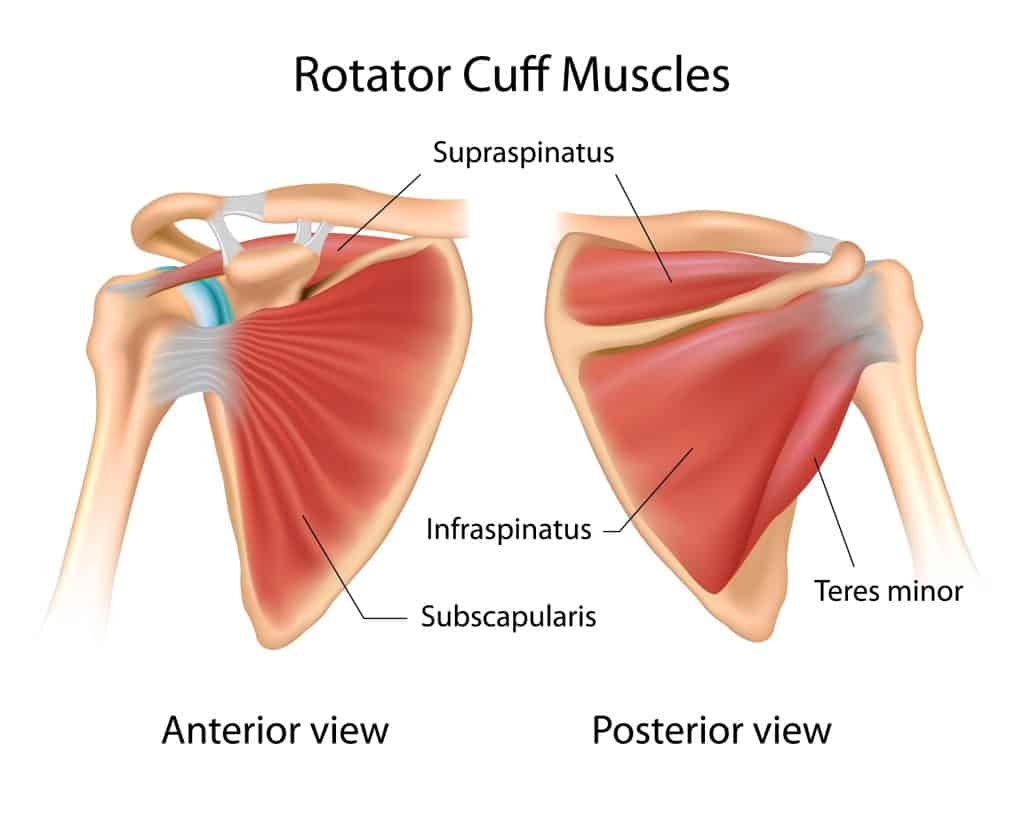
Ok, when we say that you’ve potentially torn your rotator cuff, we are referring to one of the four tendons that make up the mechanisms of your upper shoulder; the supraspinatus, infraspinatus, teres minor, and subscapularis.
And here’s where it gets confusing – that pain or niggling drum of discomfort from your shoulder doesn’t necessarily stem from torn muscles, but rather from inflammation.
If you damage the muscles in your rotator cuff, inflammation commonly starts in the supraspinatus (the smallest of the rotator cuff muscles, located in the upper part of your back), as that’s usually the first one to tear.
That being said – any of the tendons can tear, depending on your fitness level and sporting activity, and create a miserable chain reaction. As time wears on, that tear and subsequent inflammation create enough irritation and tenderness to turn daily life into an outright chore.
A rotator cuff tear can go one step further when muscles separate from their connection point. Should any of the tendons detach from the humerus (upper arm bone), you will certainly know about it – it will be both painful and debilitating.
What does the Rotator Cuff actually do?
The tendons of the cuff work together to rotate your shoulder and stabilise the joint. When lifting your arm above your head (so you can reach for those hidden chocolates that you’ll definitely share with us), you employ all four tendons – as soon as one set of tendons becomes damaged, you’re almost incapacitated, a bit like a burst tyre on your car.
All four need to be functional to ensure efficient movement, but one thing we’ll point out right now – don’t panic if this situation relates to you! There are thousands of people out there hurting from rotator cuff pain, but you’ve got an advantage over other sufferers – you’ve landed on our website, and we can help you.
There’s no need to suffer in silence as treatment is well established. After all, a rotator cuff tear is a very common injury, particularly among the elderly and those who partake in contact sports or engage in manual labour (warehouse workers, farmers, carpenters, painters etc).
Gym addicts and those who love to do pull-ups or lift weights over their heads are at risk, too. All it takes is one jerk movement to tear a tendon in the rotator cuff and you’ll be out of action. It happens all the time.
The main thing to remember is this: it’s entirely treatable, without becoming dependent on painkillers or having to undergo surgery. Surgery is only recommended under the most extreme circumstances – so, park that fear and read on.
Signs and symptoms
Alright. Let’s get one thing straight – there’s a host of signs and symptoms relating to tears in the rotator cuff, so don’t try to diagnose yourself using Dr.Google; you’ll likely convince yourself that an exotic flesh-eating disease has taken hold, where survival rate starts with a decimal point.
Instead, briefly ask yourself:
Is the pain a dull ache around the outside of your shoulder?
Does the pain worsen when you push, pull, or lift your arm?
Does lying on the affected shoulder hurt?
Or can you simply not push, pull, or lift your arm?
Weakness is the main giveaway of the condition, and crepitus (a tingly crackling sensation when you move your shoulder) can be a clear-cut symptom, too.
What we would ask (other than sharing those chocolates) is not to ignore the symptoms mentioned. It may be tempting to push on through the pain, especially when playing professional sports or continuing with your work shifts, but small tears only get bigger if you keep subjecting damaged tendons to sustained pressure.
And that means that recovery time will become prolonged, and the pain will only increase.
How to recover from rotator cuff tears
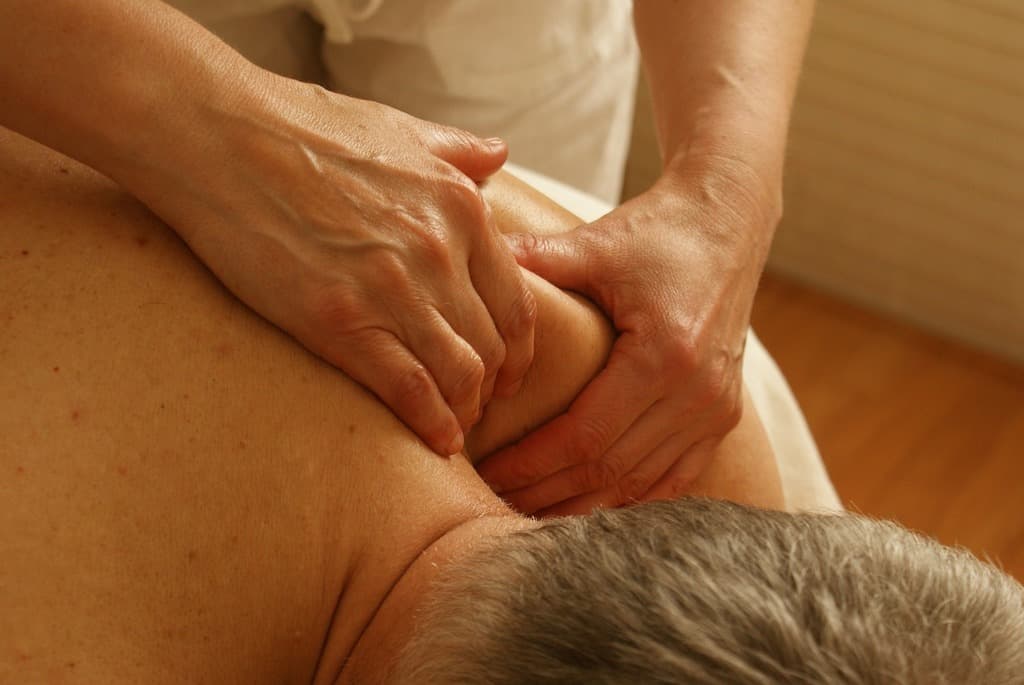
Here’s the good news. Providing that you haven’t completely torn your tendon (and you would certainly know if you did, as the pain would be worse than an omnibus of Home & Away), ligaments and tendons can heal and strengthen over time with guided assistance from an osteopath.
Here’s the less-good news. Ligaments and tendons respond more slowly to exercise than your muscles. This is one reason why returning to exercise following a restful recovery ensures ligament damage is more likely – your muscles bounce back and you feel strong, but the soft tissues connecting the muscles and bones need a little longer to get there.
It may sound like common sense when looking from the outside, but the first step to reducing aggravation is stopping (or heavily reducing) the activity that’s punishing your shoulder. No shocks with that tactic, right?
That’s where you are wrong. After resting and recovering, the biggest attraction for active individuals undoubtedly revolves around a return to form. Eager minds are desperate to get back to normal – and often return straight back to square one.
Our advice will sound irksome and impractical, and we totally understand how that will resonate with you, but further damage to your shoulder will only make recovery longer and cast further damage into your tendons and rotator cuff. Pushing on will result in short-term gain for long-term pain.
Try to work around your recovery.
Is there a way to alternate your overhead work with other tasks?
Can you discuss the matter with your manager and arrange for less burdensome manoeuvres?
Would it be possible to rearrange the house slightly and keep everything within each, where safe?
Can you not bring us those chocolates for safekeeping?
We’ve found that many of our patients in both our Murrumbeena osteopathy clinic and Mount Waverly osteopathy clinic work with us to discover solutions that work for them, following our consultation and guidance. Our staff are always on hand to help brainstorm solutions if you’re stumped.
How osteopathy can help that rotator cuff injury
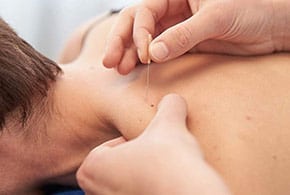
Our approach typically involves manual manipulation and carefully-applied massage techniques that coax your tendons towards a healthy recovery. If the injury is deep-rooted or severe, then other in-house methods that will aid your recuperation are available – such as dry-needling (there’s nothing to be fearful of, don’t let the treatment name scare you!)
Your osteopath can also advise you on exercises and routines to avoid during the first stages of recovery, and craft a bespoke plan to help get your rotator cuff functional as soon as possible. We’ll then be on hand to manage your full recovery and help prevent recurring pain from returning in future.
Just as you would send your car in for a service, or a check-up following the replacement of a bearing or ball joint, you need to take care of your body to keep everything reliable and in good shape.
When it comes to your rotator cuff, you need to make sure that you don’t cut corners to quicken your recovery. You wouldn’t rush a head gasket job on the engine of your vehicle, so why should you try to do that with your shoulder?
As we’ve already mentioned, don’t become dependent on painkillers. They only mask the problem and won’t solve the issue. Also, try not to befriend Dr.Google in the hope that a miracle solution is out there, preached by an influencer with a username that sounds more like a password combination than a human name.
Keyboard warriors masquerading as medical professionals can spout some convincing stuff, but proposed exercises on forums and blogs can actually make everything worse. It’s seriously not worth the aggro.
It can all sound a bit murky and confusing, but that’s where we can help. If you have questions, then reach out to us using the form below.
And, if you bring those chocolates along to share, who knows what world of special VIP treatment awaits you? Only one way to find out!
P.S – we like the caramel ones…

